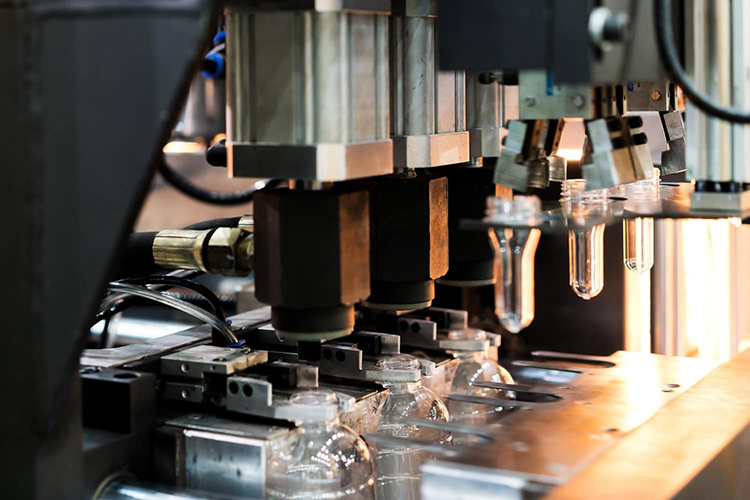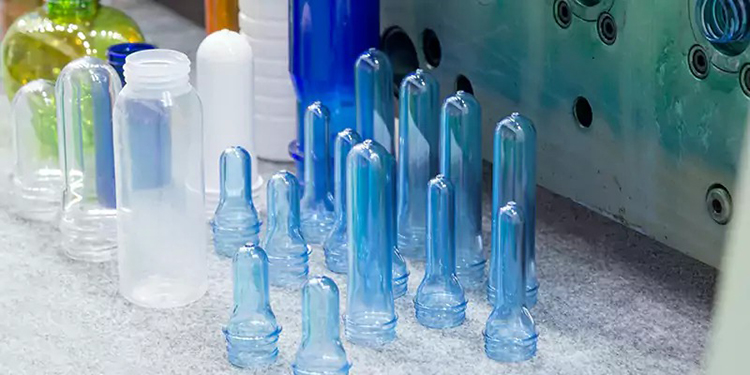In plastic product manufacturing, rotomolding and blow molding are two common forming processes. Each has its unique advantages and applications, but many people wonder about their durability and strength. This is particularly important when it comes to products that require high strength and durability. So, which is stronger—rotomolding or blow molding? In this article, we will analyze these two technologies and offer advice based on different application scenarios.

1. Introduction to Rotomolding
Rotomolding, also known as rotational molding, is a process where plastic pellets are heated and rotated in a mold to form a product. During this process, the plastic pellets are evenly distributed across the mold's inner surface, melted by heat, and solidified to form a complete plastic product.
Advantages of Rotomolding:
Strong Impact Resistance: Rotomolded products typically exhibit better impact resistance, making them ideal for applications requiring high strength, such as tanks, trash bins, and boat hulls.
Uniform Wall Thickness: Rotomolding ensures that the product's thickness is consistent throughout, which enhances overall strength and durability.
Design Flexibility: Because the molding process does not rely on high pressure, rotomolding is suitable for creating large, complex-shaped containers or structural parts.
Good Weather Resistance: Rotomolded products perform well outdoors, with strong resistance to UV rays, temperature variations, and other environmental factors.
Common Applications:
Paint containers, water tanks, children's toys, outdoor furniture, etc.
2. Introduction to Blow Molding
Blow molding is a process where molten plastic is injected into a mold and blown to form hollow products. Common types of blow molding include extrusion blow molding, injection blow molding, and injection-stretch blow molding. It is widely used to produce hollow containers, such as bottles and jars.
Advantages of Blow Molding:
High Production Efficiency: Blow molding is a highly efficient molding process, ideal for mass production, especially for large-volume container manufacturing.
Suitable for Complex Shapes: Blow molding allows for flexibility in producing hollow products with various shapes and sizes.
High Material Utilization: The unique nature of blow molding ensures high material utilization, reducing waste.
Common Applications:
Bottles, jars, plastic containers, etc.

3. Comparing the Durability of Rotomolding and Blow Molding
1. Strength and Durability:
Rotomolding: Due to the process of evenly distributing plastic pellets and heating them to form a consistent thickness, rotomolding typically results in products with greater overall strength and impact resistance. This makes it a superior choice for heavy-duty items and large-scale industrial applications.
Blow Molding: While blow molding is efficient and cost-effective, the products generally have uneven wall thickness and hollow parts, which leads to lower overall strength compared to rotomolding. Blow molding is more suitable for lightweight products with moderate strength requirements.
2. Environmental Adaptability:
Rotomolding: Rotomolded products are more resistant to environmental factors, making them suitable for use in extreme weather conditions. They can endure UV exposure, temperature fluctuations, and other harsh environmental conditions without compromising durability.
Blow Molding: Blow-molded products are generally used in indoor or moderate conditions and may not perform as well in high-strength, impact-resistant applications, especially outdoors.
3. Appropriate Applications:
Rotomolding: Best suited for products that require high strength, impact resistance, and durability, such as large storage tanks, automotive parts, and outdoor equipment.
Blow Molding: Ideal for manufacturing lightweight containers and packaging products such as beverage bottles and cosmetic packaging.
4. Conclusion: Choosing the Right Molding Process
The choice between rotomolding and blow molding depends on the specific requirements of your product. If you need higher strength, impact resistance, and weatherability, rotomolding is the better choice. Its uniform wall thickness and durability make it ideal for heavy-duty and large-scale industrial applications. However, if your focus is on producing lightweight containers in high volumes, blow molding is a more cost-effective option.
5. Okman Packaging Technology (Shanghai) Co., Ltd.'s Expertise
As a company specializing in plastic products and mold development, Okman Packaging Technology (Shanghai) Co., Ltd. has extensive experience in injection molding, blow molding, rotomolding, and other manufacturing processes. The company offers high-quality blow molding solutions and can also provide rotomolding services tailored to your needs. Okman is particularly skilled in the development and production of PMMA (Polymethyl Methacrylate) and various engineering plastics.
If you have any questions about rotomolding or blow molding processes, feel free to contact us. We offer professional technical support and customized product solutions to help you choose the most suitable molding method for your business needs.

